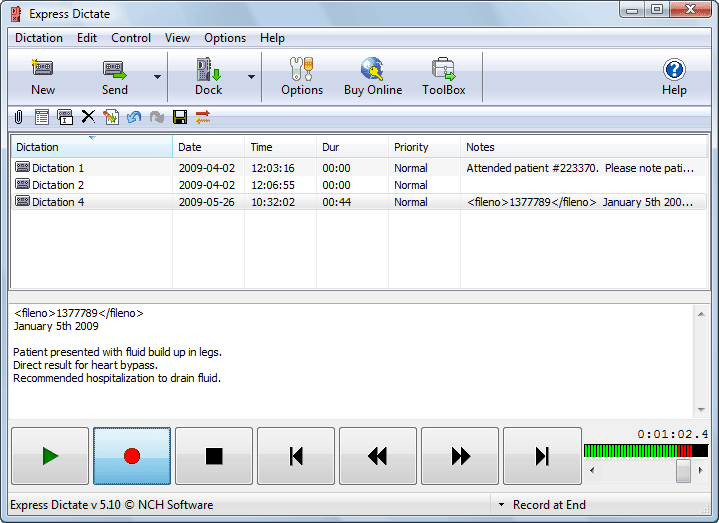

I am the only one speaking, and I never interrupt myself or make any background noise.Ĭan meeting transcription software handle poor quality audio, with multiple speakers who sometimes interrupt each other? What about the background noise: the sirens, the door closes, the chair scoots, and all the other extra noise you get in a meeting?Īt best, inaccurate transcription yields frustrating meeting notes that are hard to skim or understand. Right now, I’m in a quiet office, speaking clearly, about eight inches from a quality Blue Yeti microphone to record the words you’re reading. Speech-to-text technology for audio dictation has come a long way, but meeting and call transcription is a wholly more complex problem than dictating a blog post. Let the AI take meeting notes for you.īut how does meeting transcription work in reality? Is it really better than taking meeting notes by hand? Does AI call transcription live up to the hype? It’s a seductive value proposition: focus on the conversation, on the people at the meeting. Instead of taking meeting notes by hand, transcription offers a handy (and hands-free) alternative. That kind of speed and efficiency are exactly why many professionals turn to meeting transcription software and apps to do their note-taking in meetings. Despite typing 90+ words per minute, voice typing is still faster. I’ve charted my typing speed versus dictation by tracking word counts over 50+ writing sessions.

Why am I transcribing audio instead of typing? I write almost 50% faster by voice than by finger. Siri, ever dutiful, transcribes my words and punctuation just as quickly as I speak them, and with few errors. There’s no question that we’re living in a golden age of audio transcription.Įven as I write this article, I’m not even typing.


 0 kommentar(er)
0 kommentar(er)
